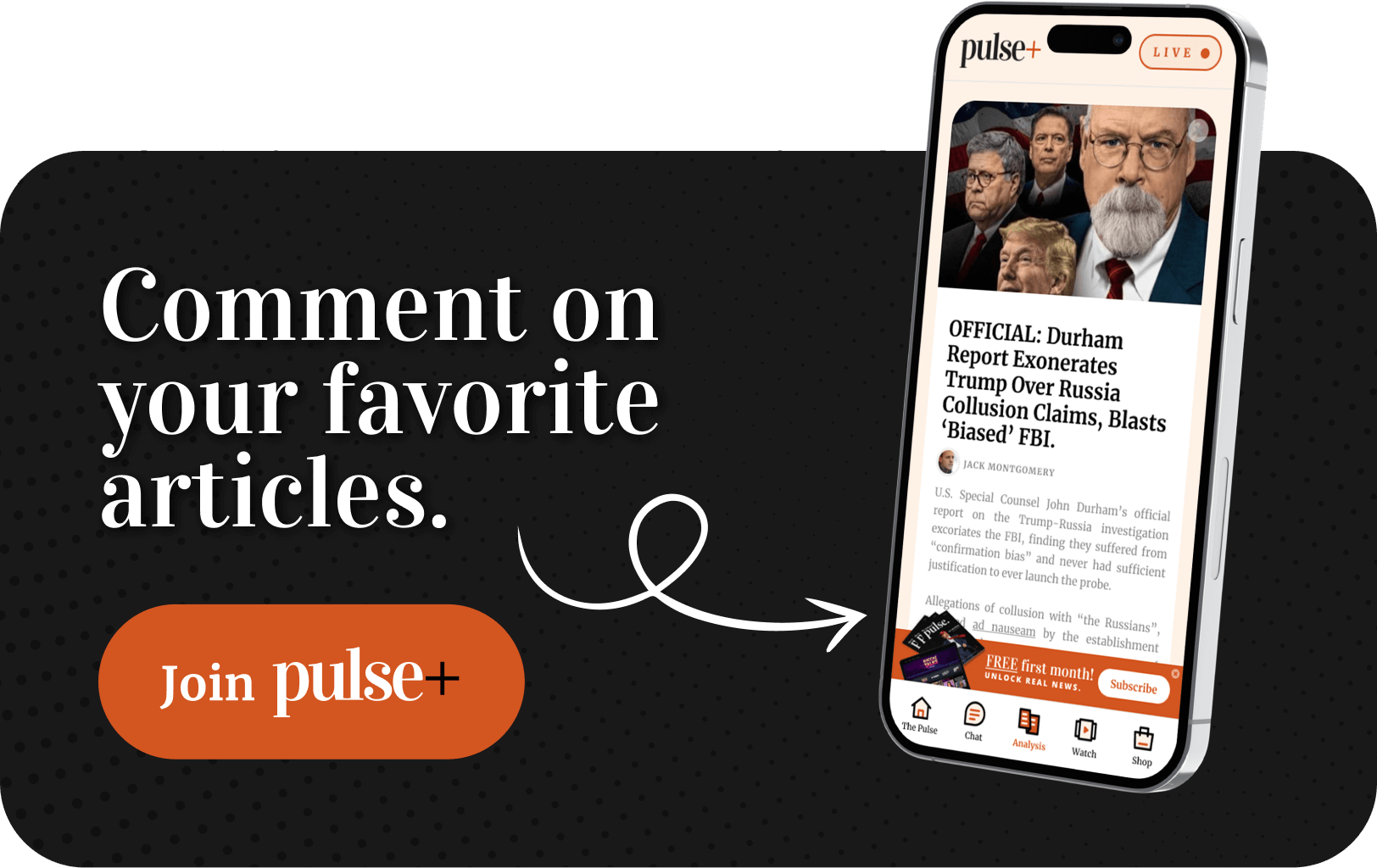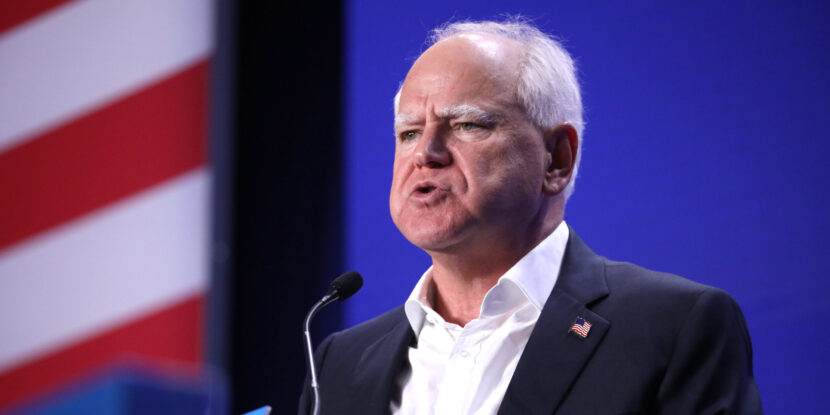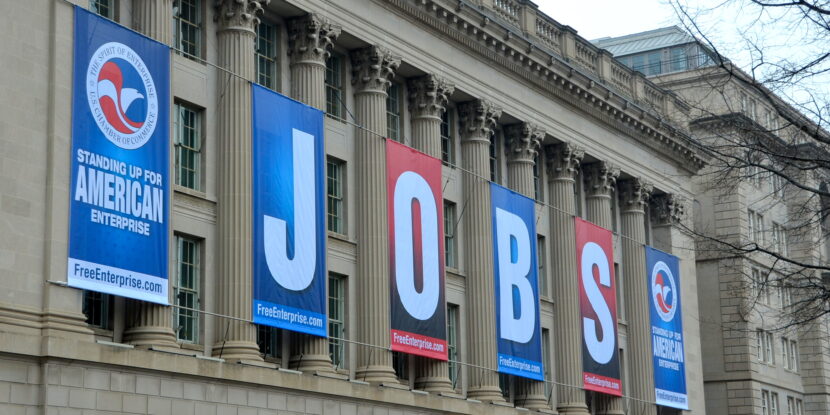Vice President Kamala Harris has won the endorsement of Scientific American magazine, which broke with its long tradition of avoiding political endorsements in 2020 when it first backed now-ousted President Joe Biden. Scientific American, as The National Pulse revealed in 2020, is owned by the controversial Holtzbrinck Publishing Group, or Verlagsgruppe Georg von Holtzbrinck, based in Stuttgart, Germany.
The multi-billion-euro conglomerate simply describes its early history as “track[ing] back to the book-club business,” adding: “In the 1930s, the company founder Georg von Holtzbrinck began with the sale of subscriptions to books and periodicals.”
But decades-old research revealed a much darker side to Holtzbrinck, the man and his company, who were eventually found to be willing fellow travelers of Adolf Hitler’s National Socialist (Nazi) Party, which Georg von Holtzbrinck first joined in 1931, two years before Hitler came to power.
NAZI COLLABORATOR.
Holtzbrinck, born in Schöplenberg in 1909, was just 22 years old when he joined the Bund Deutscher Arbeiterjugend, or Nazi-Jungarbeiter known interchangeably as the “Nazi Young Workers” or “League of German Worker Youth” in English. His joining of a college student group which appeared to have had run-ins with Jewish students and academics has led researchers to conclude his commitment to the groups was not “youth sins,” but rather, signified a willingness to collaborate with the Nazi Party and return receive millions for his propaganda work.
By 24, he was a fully-fledged member of Hitler’s movement and remained so for all 12 years of its existence, being formally subjected to denazification proceedings in the aftermath of the war.
The company enjoyed prosperity under the Nazi regime, per research conducted after Georg von Holtzbrinck’s death in 1983 and upon the firm’s rapid expansion into the United States. They published books for the army as well as a plethora of Nazi-approved magazines, including Freude der Arbeit (The Joy of Labor), Schonheit der Arbeit (The Beauty of Labor), Kolonie und Heimat (Colony and Homeland), and Berlin-Rom-Tokio, which was formally approved by Nazi Party’s Foreign Ministry.
COMING TO TERMS WITH HOLTZBRINCK.
In articles written in the late 1990s and early 2000s, outlets such as Vanity Fair, the New York Times, the Observer, and Forbes wrote scathingly about Holtzbrinck’s history and influence on U.S. publishing.
The Times itself has a murky history with Hitler, as revealed by The National Pulse in 2020.

German media, as well as an independent investigation into Holtzbrinck’s Nazi past, portrays the original publisher of the firm now responsible for Kamala Harris’s endorsement as someone who “cleverly took advantage of a favorable economic situation” of Nazi Germany, earning around one million dollars a year by 1942, in today’s money. The firm is now worth billions.
The “denazification” prosecutor accused Holtzbrinck of being “a convinced follower of the National Socialist authoritarian dictatorship,” and the publisher himself admitted he originally joined because “the people there made a lot of big promises that appealed to me.”
“As far as I can judge, von Holtzbrinck was a good Nazi and above all a profiteer who made a lot of money through sole management of various Nazi periodicals,” one witness testified during the proceedings.
And while Holtzbrinck himself appeared to have no direct line to Nazi leadership, the man he placed in charge of a postwar magazine was an infamous SS stormtrooper who had worked for Joseph Goebbels, the Nazi Chancellor and Propaganda Minister.
But the history of the firm, which now has a footprint in over 100 countries, has been largely ignored for the past several decades, despite its ownership of some of the most revered publications and journals in the world, including Die Zeit (Germany), Palgrave Macmillan books (US), St. Martin’s Press (US), Nature (UK), Scientific American (US), and dozens more.
DAMAGE TO SCIENCE.
A more 21st-century critique of Scientific American actually emerged right before the millennium, when Commentary magazine writer Jeremy Bernstein lamented its sharp turn away from science and intellectual rigor at the hands of Holtzbrinck leadership.
“Now we have a magazine that disguises itself as Scientific American, just as the New Yorker disguises itself as the New Yorker,” Bernstein wrote, adding: “They wear some of the same clothes and hats, featuring the old typefaces and even a few of the old contributors. But in an almost desperate attempt to ‘sell,’ they have been dumbed down to the point where more and more they are becoming less and less. And to compound the folly, the strategy seems to be failing even on its own terms.”
A 2023 study into the politicization of magazines such as Scientific American, Nature, and the Lancet – all of which endorsed Joe Biden in 2020 – revealed a predictable decline in trust amongst Trump supporters, with researcher Floyd Jiuyun Zhang of Stanford University concluding: “The endorsement message caused large reductions in stated trust in Nature among Trump supporters. This distrust lowered the demand for COVID-related information provided by Nature, as evidenced by substantially reduced requests for Nature articles on vaccine efficacy when offered.
“The endorsement also reduced Trump supporters’ trust in scientists in general. The estimated effects on Biden supporters’ trust in Nature and scientists were positive, small and mostly statistically insignificant. I found little evidence that the endorsement changed views about Biden and Trump. These results suggest that political endorsement by scientific journals can undermine and polarize public confidence in the endorsing journals and the scientific community.”
The National Pulse reached out to the Holtzbrinck Publishing Group for more information about the company’s background and the lack of transparency on its website. At the time of publication, we had not heard back.



















